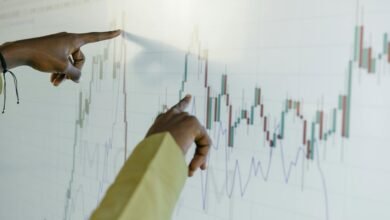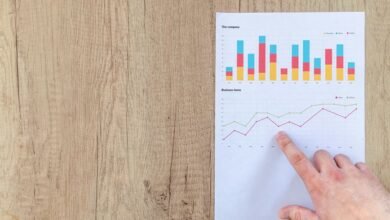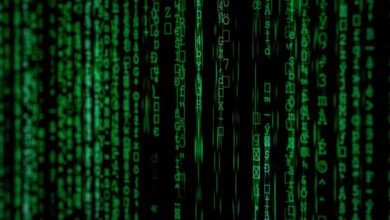Study of 2163489700, 2163581333, 2169573250, 2172228800, 2173264646, 2174510021

The sequence of numbers 2163489700, 2163581333, 2169573250, 2172228800, 2173264646, and 2174510021 warrants careful examination. By analyzing the differences between these figures, one can uncover potential patterns and trends. Such insights may reveal correlations that are not immediately apparent. Understanding these numerical relationships could have significant implications for data interpretation and decision-making processes. The next steps in this analysis could yield unexpected findings.
Analyzing the Number Patterns
While many might overlook the significance of number patterns, a systematic analysis reveals their underlying structures and relationships.
Number sequences provide a framework for pattern recognition, enabling observers to discern trends and anomalies.
Statistical Insights and Implications
Although the examination of statistical data may seem daunting, it offers critical insights that can significantly influence decision-making processes across various fields.
Understanding statistical trends and their numerical significance enables stakeholders to identify patterns, forecast outcomes, and allocate resources effectively.
Such insights can enhance strategic planning and promote informed choices, ultimately fostering an environment conducive to progress and innovation.
Applications in Data Analysis and Modeling
Data analysis and modeling serve as essential tools for interpreting complex datasets, enabling analysts to extract meaningful information and derive actionable insights.
Techniques such as data mining, predictive modeling, and regression analysis facilitate deeper understanding.
Machine learning enhances clustering techniques and anomaly detection, while visualization tools and correlation metrics provide clarity.
Collectively, these methodologies empower analysts to make informed decisions based on robust data interpretations.
Conclusion
In conclusion, the analysis of the sequence reveals a consistent upward trend, with differences between consecutive numbers highlighting a notable increase in magnitude. Specifically, the largest gap of 599,417 between the second and third numbers indicates a significant shift that warrants further investigation. This statistic underscores the importance of monitoring such numerical sequences, as they can provide valuable insights into trends and inform data-driven decision-making processes in various fields.




